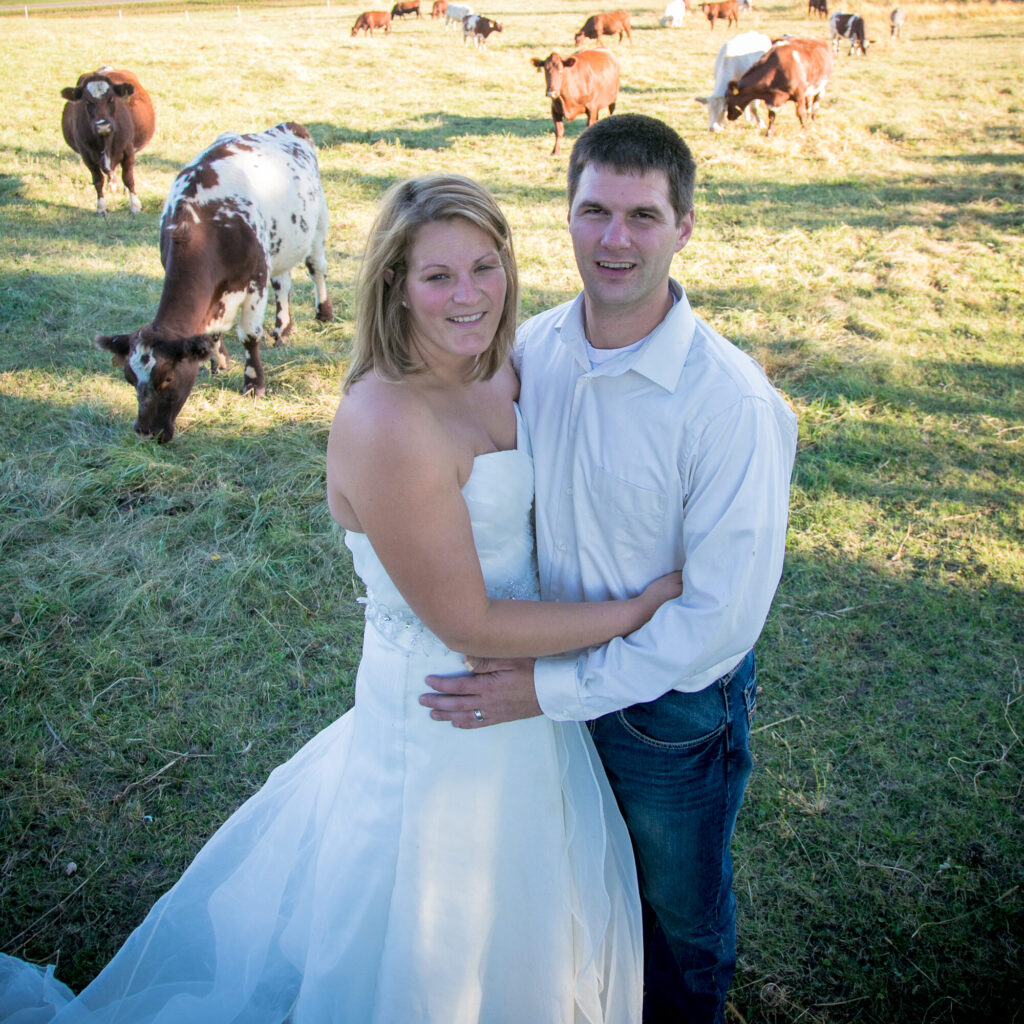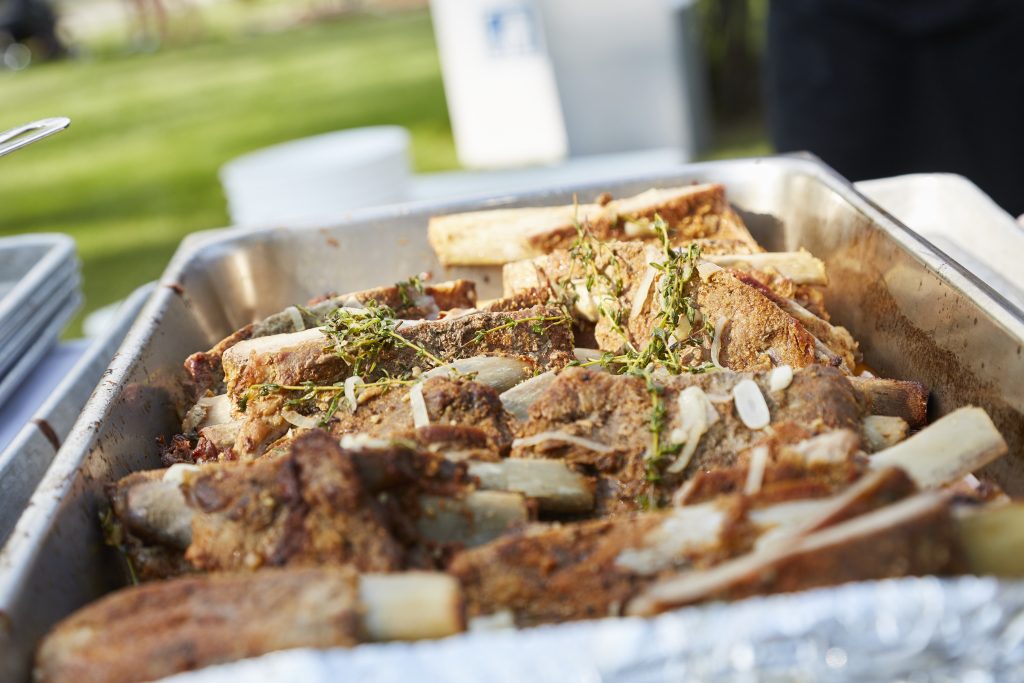Livestock Farming
Welcome to Brenny Farms and Winter Wonderful
My husband Ted and I are both fifth generation farmers and called ourselves #flashlight farmers, as we both work for agriculture companies beside our farming and volunteer work. I grew up a couple of miles away from our farm on a corn, soybean, beef and pumpkin farm. While my husband grew up on a dairy farm. We met while both exhibiting beef cattle at the Minnesota State Fair. Ted and I moved to our farm in southeastern Minnesota in 2007 and were married in 2012.

Today, we have 30 head of beef cow and calves that are Angus or Charolais genetics, and Daisey Mae our donkey. Our farm is unique just like all the farms and ranches in that we have beef cows, calves and green grass – no crops, other than my small garden. We love to show what we do on our farm and why we do it, especially our beef cows.
Every season on the farm is different. During the winter, we spend more time outside caring for the beef cows and calves, and Daisy Mae the donkey. It requires me to first bundle up in warm clothes, but so much so at times I can’t move really fast due to wearing so many layers. We spend a significant amount of time outside in the winter taking care of our cattle!
On our farm we feed hay in the winter, which is cut and dried grass and alfalfa that we harvest during the summer. We save the hay for colder months when the Minnesota grass goes from green and growing, to brown and dormant. We try to our best to take the round and square bales of hay out to the beef cows and calves in the pasture. We use a skid loader to do this a couple times a week.

One of the biggest reasons and benefits in bringing the hay to the pasture is the cows’ manure stays where they’re eating. This manure provides fertilizer for the soil, so when the snow melts the grass has some additional nutrients readily available for when it starts to grow. We also want the beef cows and calves to get exercise and, by bringing the hay to the pasture, they walk to the feed vs. feeding them near the barn. Finally, we check our hay feeder daily to ensure the cows have plenty of hay. This allows us to avoid starting our skid loader daily which helps us lower our carbon footprint.
Overall, in the winter, it is all about spending more time walking out to the pastures to keep our cattle fed, and ensure all the cows and calves are healthy! Follow me on Instagram and Facebook to see more from our farm, or read more here.




